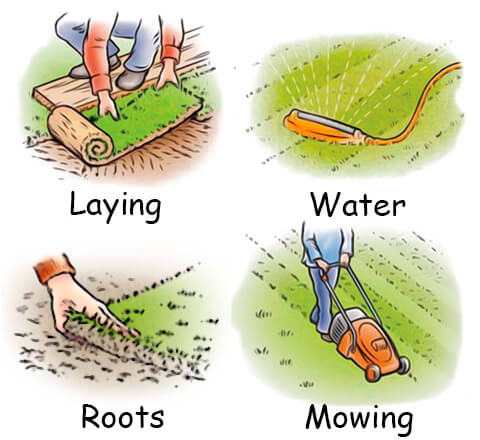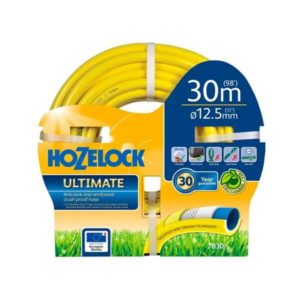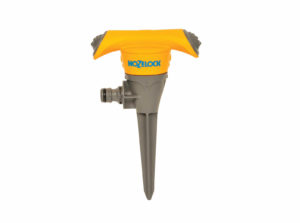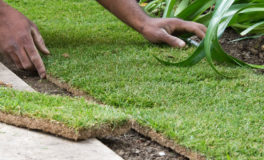Establishing your new turf – ensuring it happens

1. Watering
Watering is key to establishing your new turf. It is recommended that watering is done during the cooler times of the day in summer so that the water is absorbed. During the hottest part of the day most of the water will simply evaporate into the atmosphere.
Please don’t soak the lawn. But apply enough water for it to just permeate through the turf into the soil below. Keep watering morning and evening for at least two weeks or until it is well rooted. You can check it the turf is rooted by lifting up a corner, if it is adhering to the soil then you can slow down and water as the weather dictates.
Autumn and Winter
You won’t need to water turf laid in the autumn and winter as much. Nature tends to be more generous and the turf itself isn’t growing as hard. Keep the turf watered for the first couple of weeks, obviously if it rains you won’t need to. After the first couple of weeks keep a check on it, if it does start to dry out switch on the sprinkler, it’s all common sense really.
Products that can help..
 |
 |
 |
 |
When can I walk on it?
Anyone who has laid a new lawn wants to know this. It all depends on the time of year. In the spring and summer when the grass is growing rapidly it will put roots down very quickly. So within two weeks you won’t be able to lift the turf as it will be rooted into the soil. During the winter months when growth slows down it could take a couple of months. This doesn’t usually present a problem as in the winter it is less likely that you will need or want to go onto the lawn. But in the summer when it is growing you will need get on it to mow it before it gets overly long. And of course the children will be desperate to get out and play.
2. Mowing
Start mowing should as soon as the turf sticks to the soil. This can be as soon as 10 days after laying in the summer. A good way to check is to turn back a corner of one of the turves. If it is well anchored by roots it is alright to start mowing. If you leave it to get too long before you give it its first cut it will end up like a hay field when you do. What I mean by this is it will look sparse and stalky after cutting and will take a while to recover and thicken up again.
First cut…
For the first cut, make sure that the mower is set at a height to just top the grass. A good rule of thumb is to never remove more than 25% of the total plant. This prevents stress to the plant and if not using a grass box, will reduce the quantity of clippings. For the best result mow at least twice weekly during the late spring, once a week during summer (if dry) and early autumn and approximately every ten days, mid to late autumn. Obviously this must be flexible to suit our varied weather conditions. Make sure your mower is well maintained and the blades sharp. Mowers can and will damage the grass if not properly maintained. A poorly maintained mower will rip the grass rather than cutting it leaving it frayed at the ends and consequently making the lawn unsightly.
3. Feeding
All too often customers call us concerned that the turf isn’t looking as green and healthy as when it was first laid. Most people don’t even consider that the turf needs nutrients to keep it healthy and lush. If the lawn doesn’t receive adequate nutrients it becomes vulnerable to common lawn diseases and opportunistic weeds. For the spring and summertime, try the Vivid Green spring/summer lawn feed, and anytime else in the year, use the Rejuvenator autumn/winter lawn feed.
Pre-turfing fertiliser
If you applied a pre-turfing fertiliser during the preparation prior to laying, your turf will have received sufficient fertiliser to maintain healthy growth for at least two months after harvesting. When applying chemical nutrients, please take great care. Please follow the manufacturer’s recommendations to the letter. The extra handful for luck could end up scorching the lawn and cause nasty brown patches. Grass plants require a nitrogen rich fertiliser in spring/summer and phosphorus to encourage healthy root development during autumn. Fertiliser should be applied every eight to ten weeks throughout the growing season. A healthy lawn that receives adequate nutrients applied at the correct time of the year is able to fend off weed infestation and disease and you will be rewarded with a lush, healthy, vibrant green lawn.

 Nurturing new turf in the summer
Nurturing new turf in the summer  Frequently Asked Questions About Newly Laid Turf
Frequently Asked Questions About Newly Laid Turf  Looking After Your New Turf
Looking After Your New Turf 

